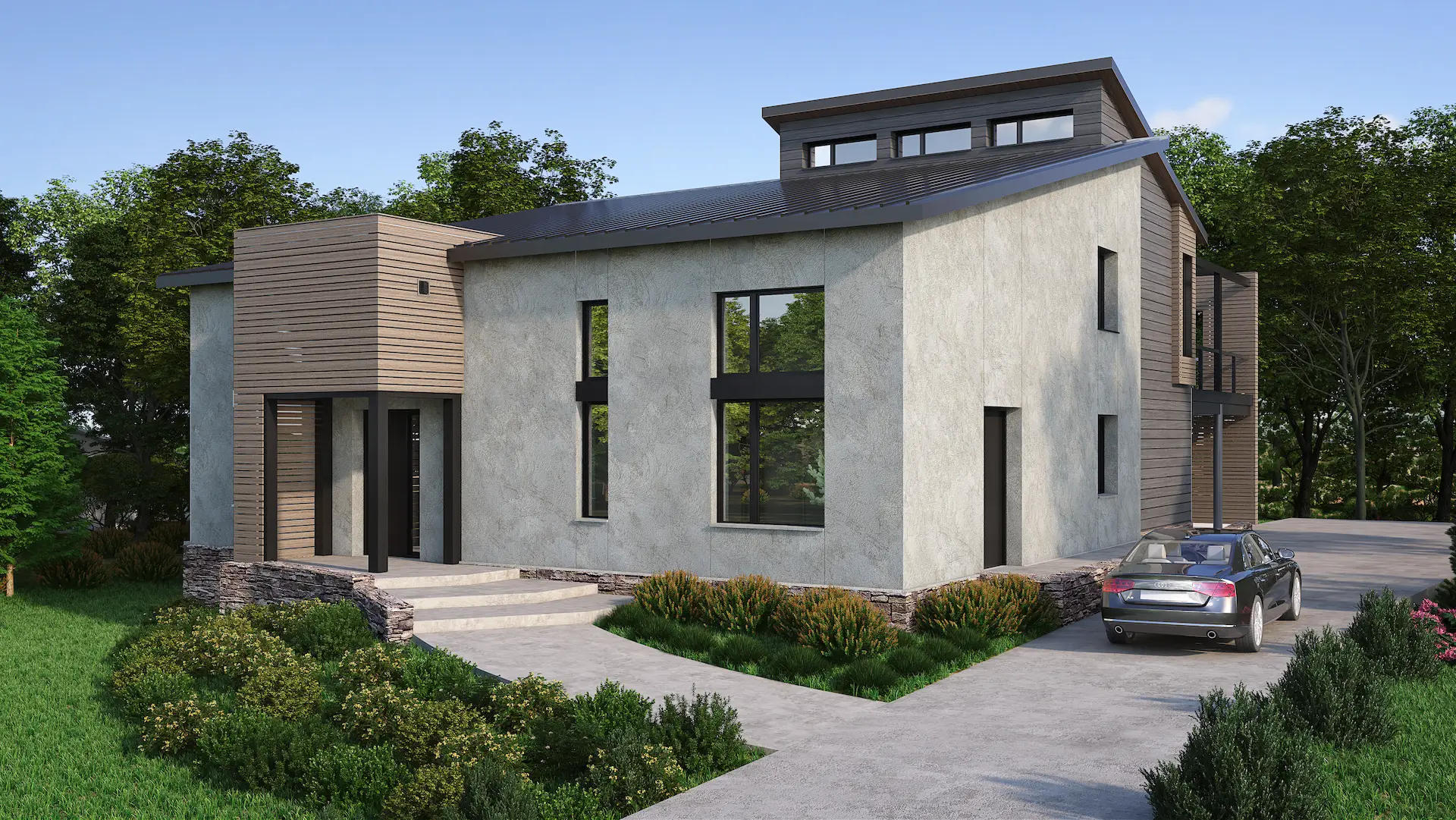Architect in Tyler, TX
Design your home or office to maximize air quality and use 50%-80% less energy.
Our Phius-certified architect in Tyler, TX, designs resilient, net-zero energy buildings that won’t break the bank.
Pictured: The Tulsa Passive House
Passive house architect in Tyler, TX
Design your next home or building to take it easy on you, your world & your wallet.
Energy-efficient (aka “green”) architectural design has always cost a fortune. With NGL, it’s finally an affordable option for anyone designing a new home or business.
Pictured: The Everleigh Passive House
DO NOT DELETE
Architectural design that’s easy on you
Passive buildings facilitate healthier living and maximum comfort.
Healthy. Continuously ventilated, filtered air prevents mold and reduces pollutants, allergens, and dust to deliver optimum air quality.
Comfortable. Airtightness and continuous insulation keep you in control of the temperature of your home, office, church, school, or retail center—no matter how it feels outside.
Architectural design that’s easy on your world
Passive buildings use ultra energy efficient design and solar power to produce about the same amount of energy they use over the course of a year. As a result, you get a net zero energy home, school, office, church, or retail shop.
Architectural design that’s easy on your wallet
Passive buildings are 3%-5% more expensive to build, and significantly less expensive to own.
Reduced electric bills. Because passive homes and buildings use 50%-80% less energy than conventional structures, you’ll save 50%-80% on your electric bill.
Durable. Robust building envelopes empower passive buildings to not only remain comfortable longer during power outages, but also withstand extreme weather better than conventional buildings.
Want an architect in Tyler, Texas, who can design the energy-efficient home or building you want?
Custom residential & commercial architect in Tyler, Texas
Say goodbye to cookie-cutter design with energy efficiency that fits your style.
Design with passive house principles—no matter your style or building type.
